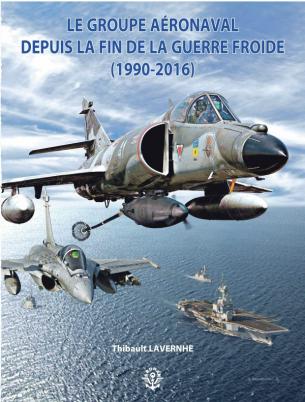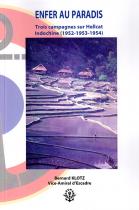If we no longer count the works on French aircraft carriers and on board aviation, much rarer are, on the other hand, the attempts to put into historical perspective a structure as singular as the French naval aviation group (GAN). And it is precisely this lack that this book fills, the fruit of a dissertation carried out at the École de guerre in 2016-2017.
By studying the mutations of the GAN from the end of the Cold War until 2016, the author sheds light on the tremendous shift that took place in a few years in the format and conditions of use of this structure that the French Navy implemented since the operations in Indochina. In 1990, the GAN was a “status weapon” permanently available but aging, used in support of a policy of national independence, and still unfamiliar with coalition operations. A little more than two decades later, the GAN has become a strike force in depth, modern and homogeneous, but intermittent, employed mainly in coalition in predominantly air-land campaigns.
What are the mainsprings of this profound evolution? Based on a large historical documentary corpus and on a work of interviews with many witnesses of this period, the author offers an analysis of the capacity, operational, conceptual and at times political dynamics which underlie the ruptures and the continuities. of this period. The main break is the end of the GAN's permanence at the end of the 1990s, which is accompanied by an unprecedented compression of the format of the onboard air group, even though the latter's performance is multiplied under the effect of the renewal of its resources. The main continuity is the unfailing adaptability shown by the GAN to adapt to changes in its operational environment and assert its comparative advantages. Paradox? How often in historical matters, a paradox in appearance only...









